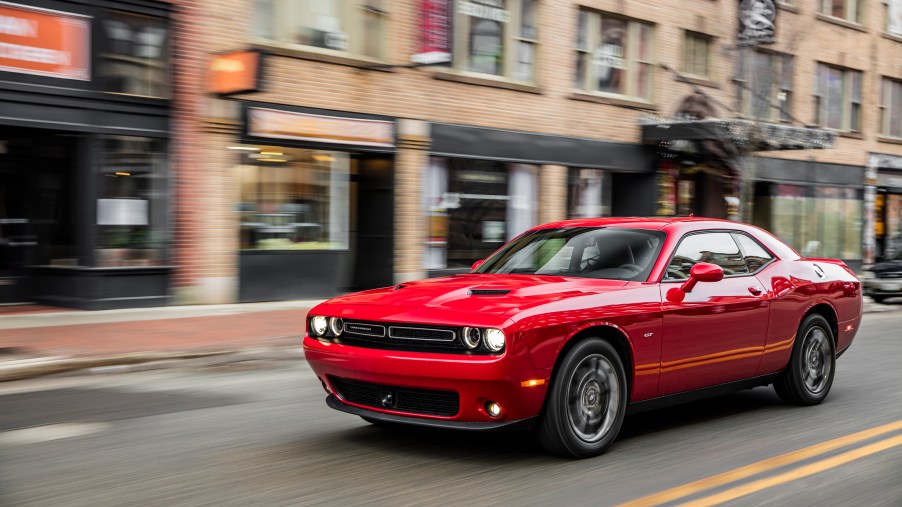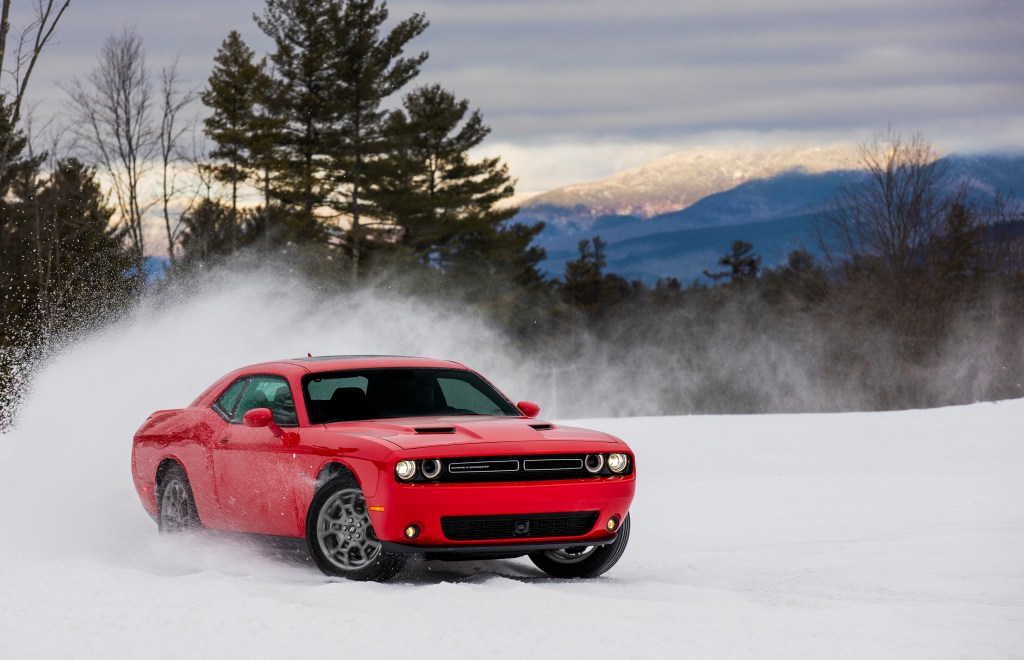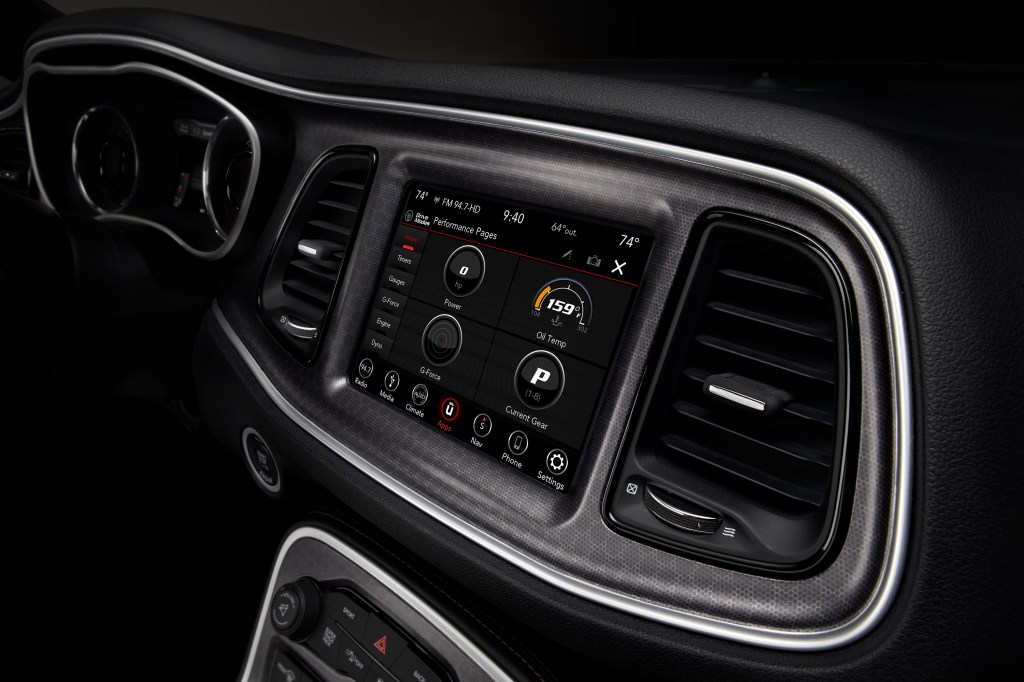
Can a Dodge Challenger GT Do a Burnout?
Like apple pie and ice cream, American muscle cars and burnouts go hand-in-hand. That is, unless you happen to be driving a Dodge Challenger GT, in which case, it could get tough. The reason for this is that the Challenger GT has an all-wheel-drivetrain that’s great in all types of weather, however, getting sideways in a corner and lighting up the tires is not really an option.
The Dodge Challenger GT needs more power
One of the main reasons that hooning around in a Dodge Challenger GT is tricky is due to the engine that lies under its hood. Unlike many of its other Challenger stablemates that come with potent V8 engines, the GT model is only available with a 3.6-liter V6 that puts out 305 horsepower and 268 lb-ft of torque and is mated to a ZF-sourced eight-speed automatic. While it’s great for driving in the snow, and maybe even some loose gravel off-road, it’s definitely not going to make you look cool when making a dramatic exit at your local Cars and Coffee meet.
That’s not to say that the Challenger GT is necessarily slow. In fact, it can still get to 60 mph in around 6 seconds and down the quarter-mile in about 14.5, but don’t expect it to win any races against the likes of a Mustang GT or Camaro SS.
RELATED: You Can Now Buy a Dodge Challenger Hellcat for Around $40k

It’s still a comfortable cruiser
While it might not be a speed demon, the real beauty of the Dodge Challenger GT lies in its overall comfortable cruising behavior. We know, muscle cars aren’t really meant to be comfortable, but this one is. After all, the GT in the moniker stands for “grand touring.” And tour it will, as a fully-loaded Challenger GT comes with Alcantara suede and leather seats that are as comfortable as they are wide, along with a spacious back seat and cavernous trunk. Who said muscle cars are only for performance?
Other available amenities include an 8.4-inch touchscreen with UConnect 4C, heated front seats and steering wheel, an optional Alpine or Harmon Kardon premium sound system, and a host of driver-assist features that includes adaptive cruise control and frontal collision warning. While it might not be able to leave “Back to the Future” style tire tracks, the Challenger GT can definitely make for a comfortable road warrior.
RELATED: 2017 Dodge Challenger GT: An AWD Cure for the Muscle Car Conundrum

Can it really not do a burnout?
Technically speaking, the Dodge Challenger GT’s all-wheel-drive system is actually rear-biased, which means that it does operate as a rear-wheel-drive car most of the time. However, once the system detects those rear wheels slipping, it sends power to the front wheels for added grip. So that means if you try to lay down some rubber, it will grip instead of slip.
All is not lost, though, as one YouTuber has pointed out that by removing a couple of fuses from the under-hood fuse box, you can actually disable the all-wheel-drive module so that it doesn’t activate the front wheels. However, we don’t recommend this as it might mess something up. You’re probably just better off getting one of the rear-wheel-drive version if you really want to get silly. In that case, we recommend the Dodge Challenger Hellcat.



